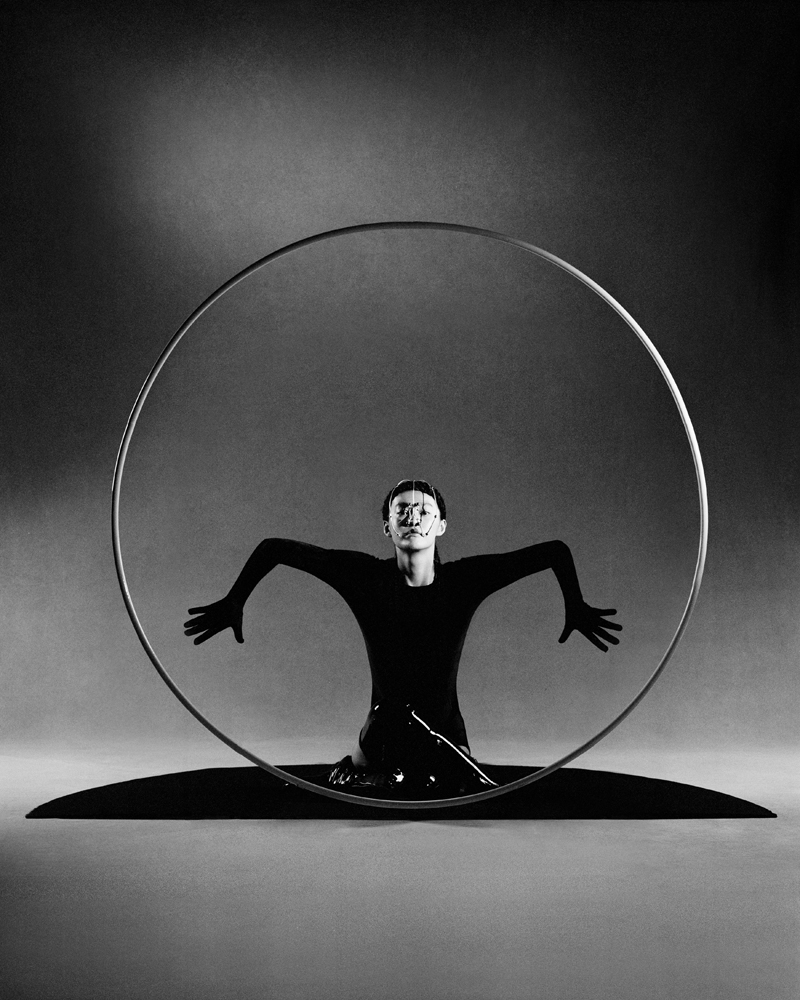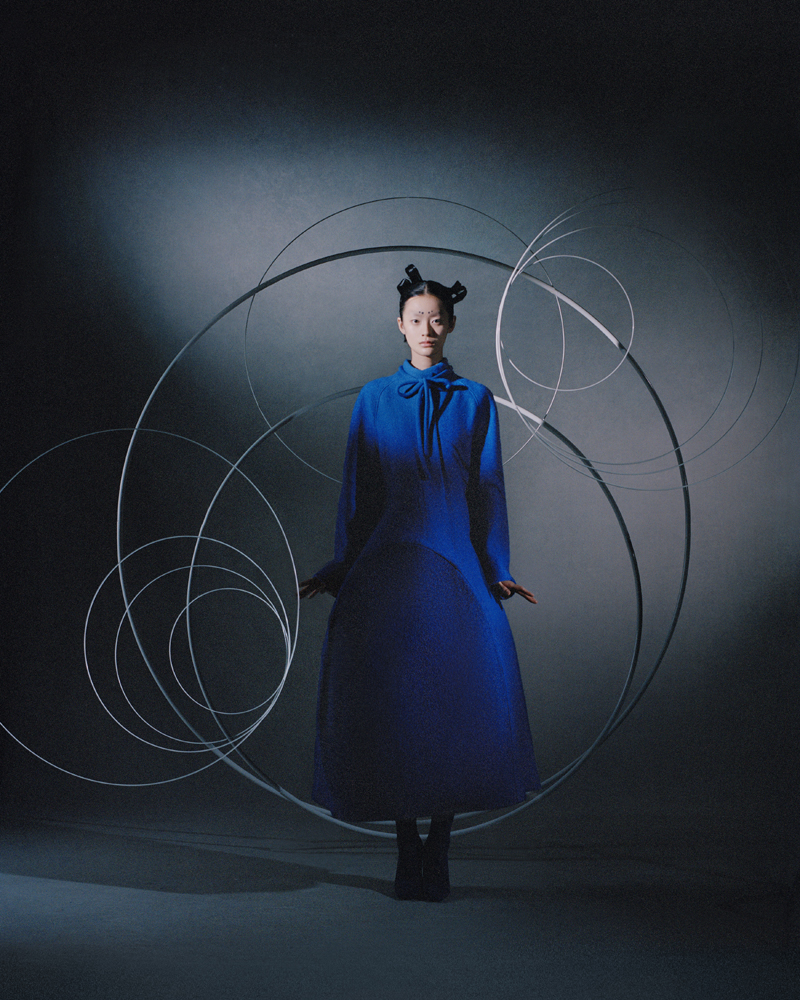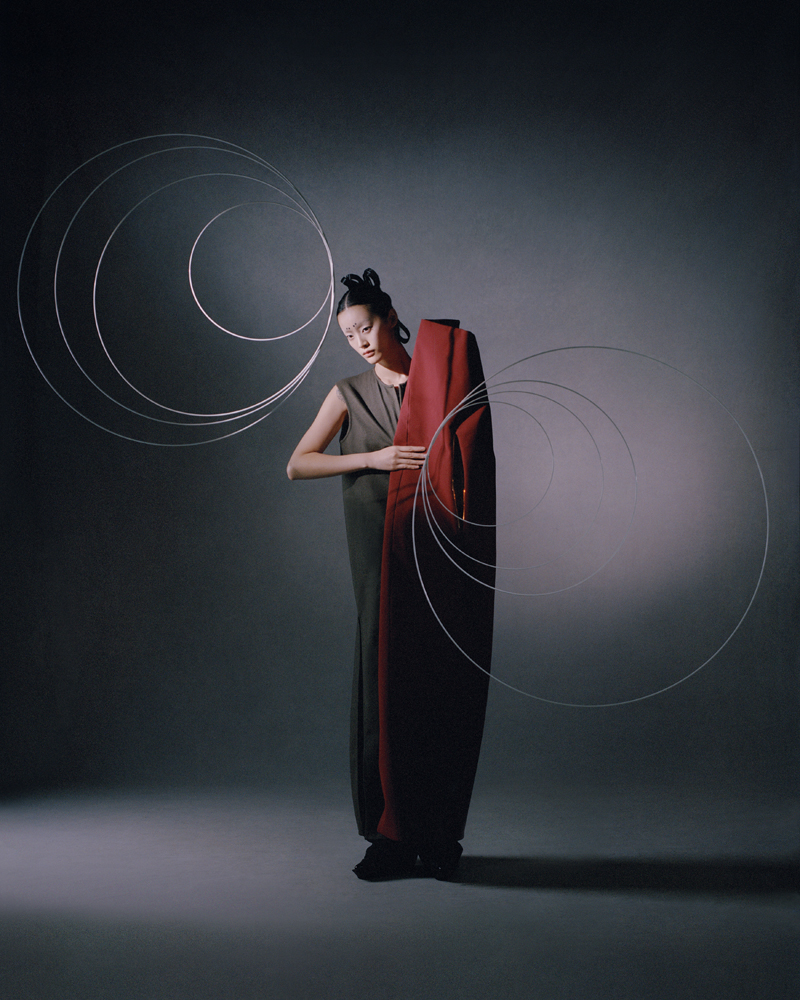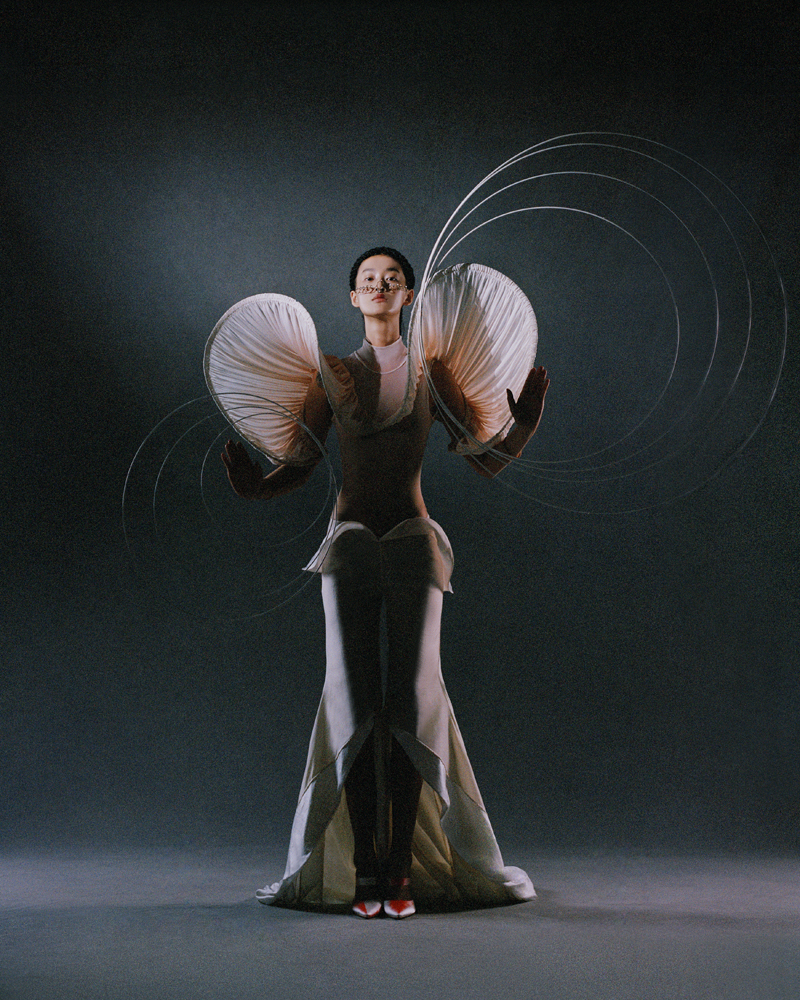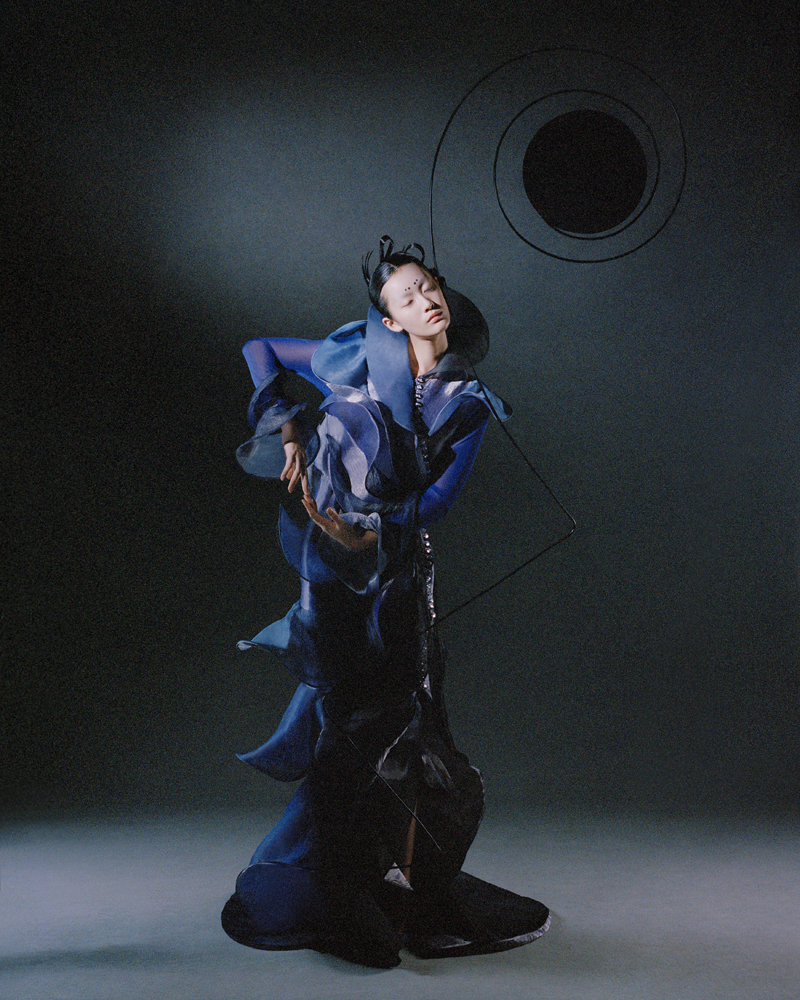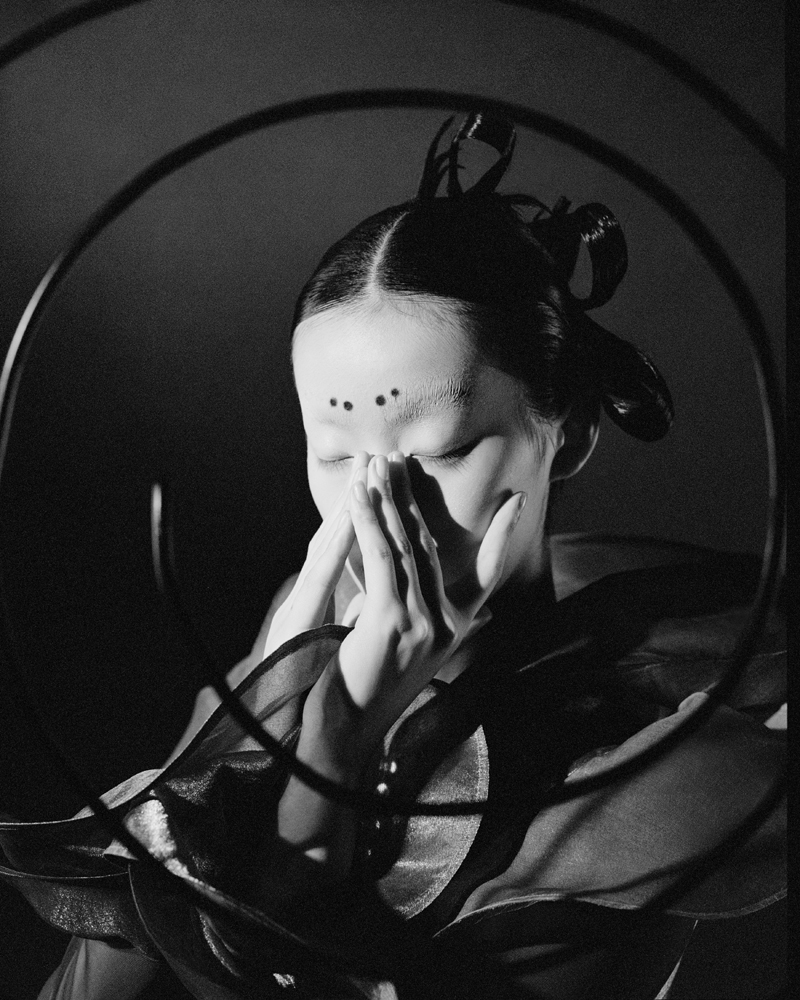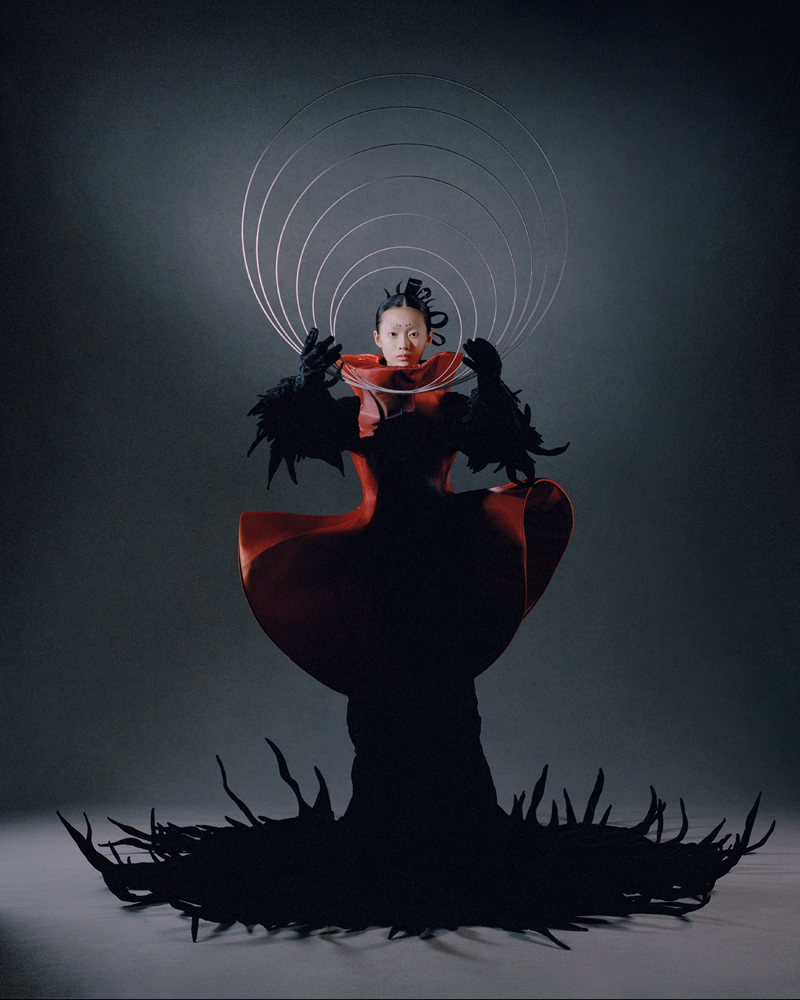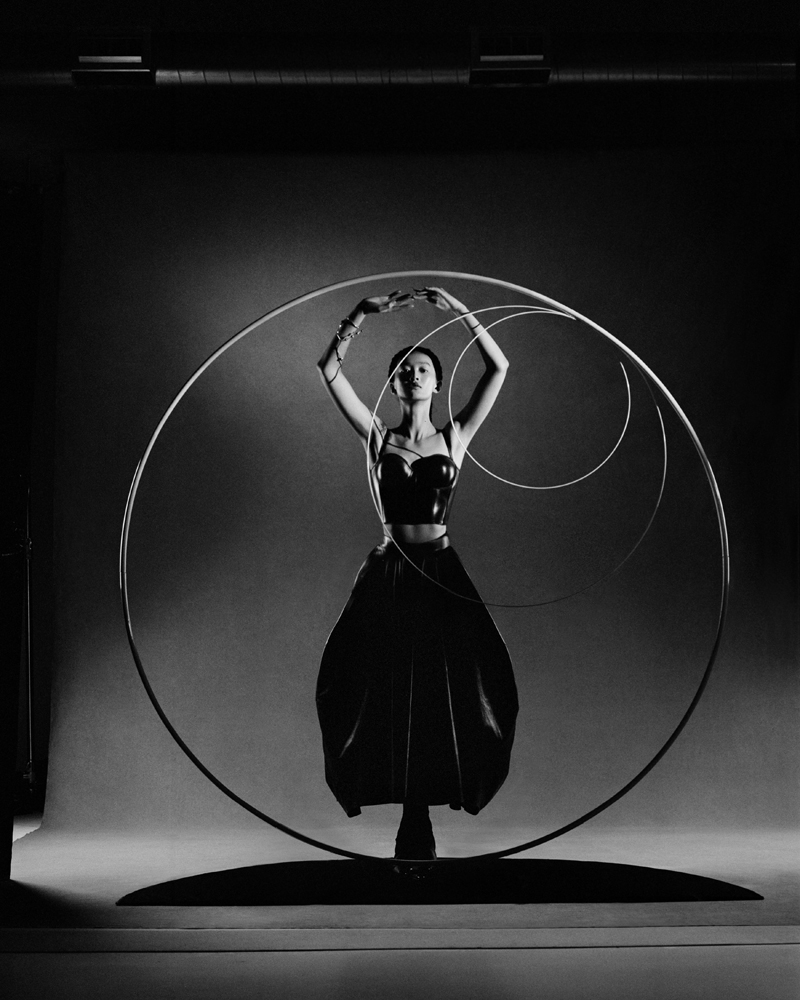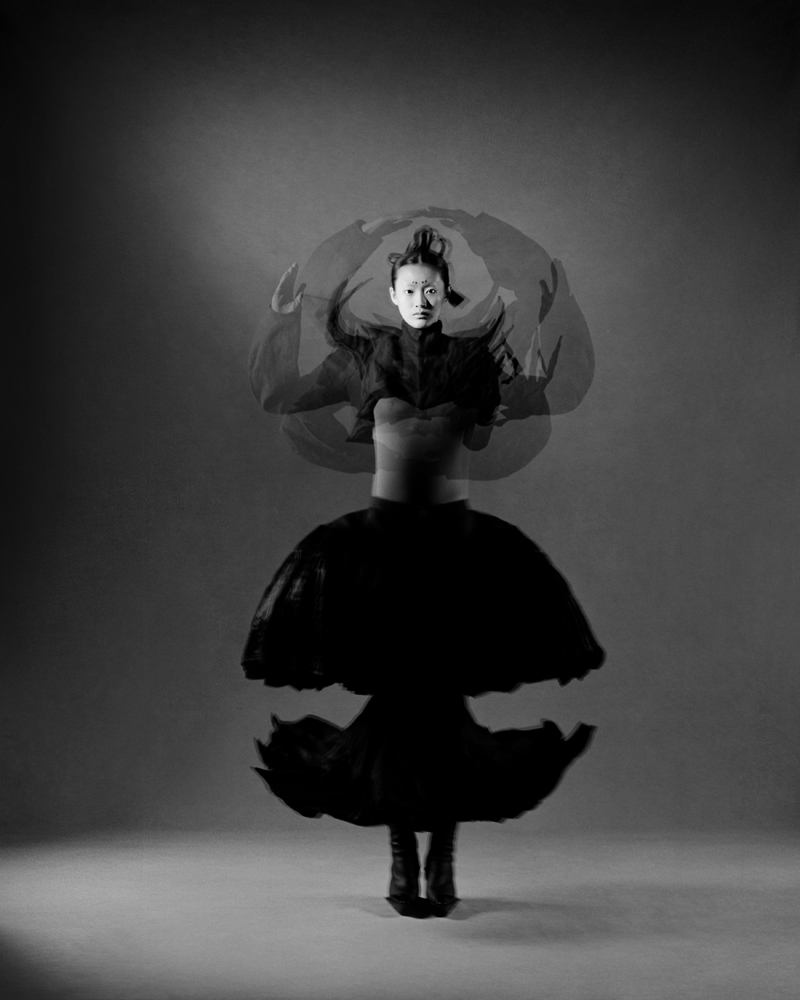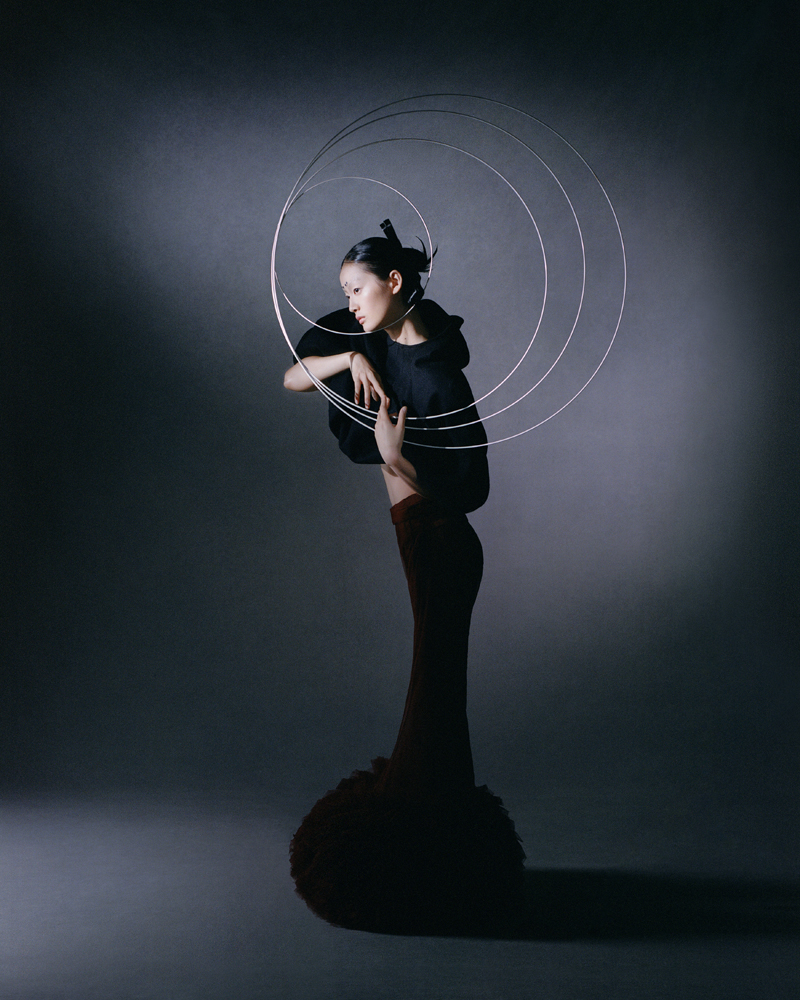The Virtruvian Woman -2022
Analog Photography
Building upon the classical ideal of 'Man' as formulated by Protagoras—"the measure of all things"—the concept of the Vitruvian Man, as presented by Leonardo da Vinci, epitomized the ideal body. This classical vision aligned with the idea of a healthy mind in a healthy body (mens sana in corpore sano), embodying not only physical perfection but also a set of mental, discursive, and spiritual values. The Vitruvian Man, as a standard, has long served as the archetype of human excellence, a model of symmetry and universal human aspiration. This ideal body sets the bar for individuals and social cultures, projecting an image of man as central to the world—a universal figure, capable of lending its qualities to any suitable object.
However, as feminist philosopher Simone de Beauvoir argued in her emancipatory writings, there is a need to challenge this one-sided view, calling upon the Humanist principle that "Woman is the measure of all things female." De Beauvoir's feminist theory critiques the masculinist universalism embodied in the Vitruvian Man and positions the Vitruvian Woman as an alternative—a symbol not just of female potential but also of collective strength, unity, and the solidarity that stems from shared experience. This ties together the individual and collective in feminist thought, a foundational concept that the second-wave feminist movement of the 1960s expanded into the idea of political sisterhood.
Drawing inspiration from the Vitruvian Woman, this project seeks to explore the embodied and embedded nature of feminism. It questions the historic dominance of masculine ideals in shaping cultural and societal standards, proposing a new vision of embodiment—one that challenges and redefines universalism. Rather than aspiring to the ideal of the Vitruvian Man, which has long served as a framework for all human values, the Vitruvian Woman offers a radical feminist critique that exposes how the world has been shaped by a singular masculine view, and in turn, calls for a more inclusive and pluralistic understanding of identity and body.
This project serves as a visual reflection on the importance of embodiment in feminist thought, focusing on the material reality of being a woman in a world that has long been governed by masculine ideals. The Vitruvian Woman becomes a symbol of resistance to universal male standards, representing women’s experiences and the diversity of identities that feminist politics seeks to uphold and celebrate. It proposes a new kind of solidarity—one grounded in women’s shared lived experiences, bodies, and struggles.
By engaging with this project, we revisit the classical ideals and recast them in a feminist light, critiquing the long-held assumptions that have underpinned societal structures and reimagining how feminism, embodiment, and universalism can coexist. The Vitruvian Woman, as a symbol of embodied feminism, embodies a rejection of patriarchal values and champions the value of the female body and female experience as central to both individual and collective transformation. Through this work, we highlight the need for a universal feminine identity that can redefine the very standards by which all human beings are measured.
